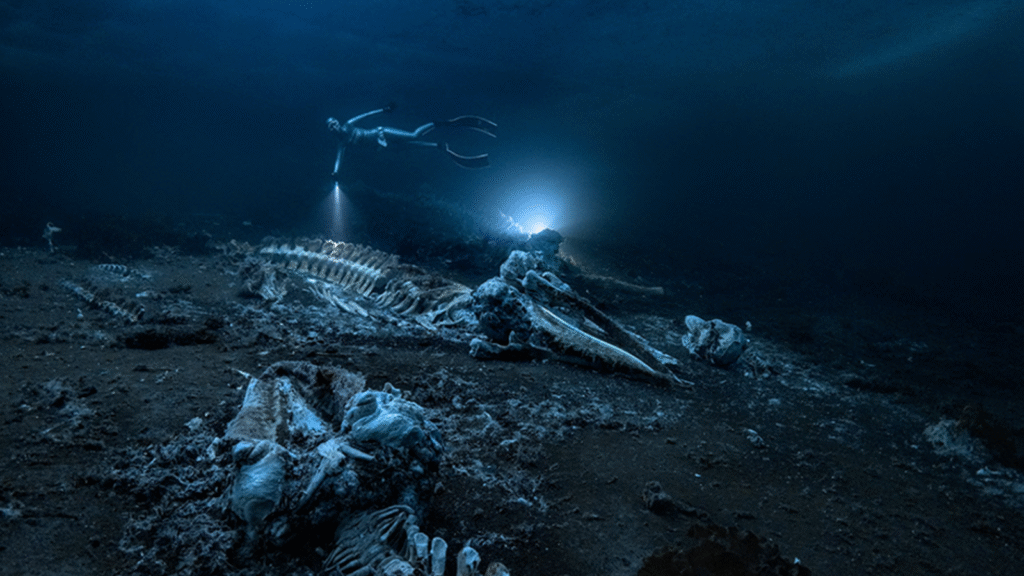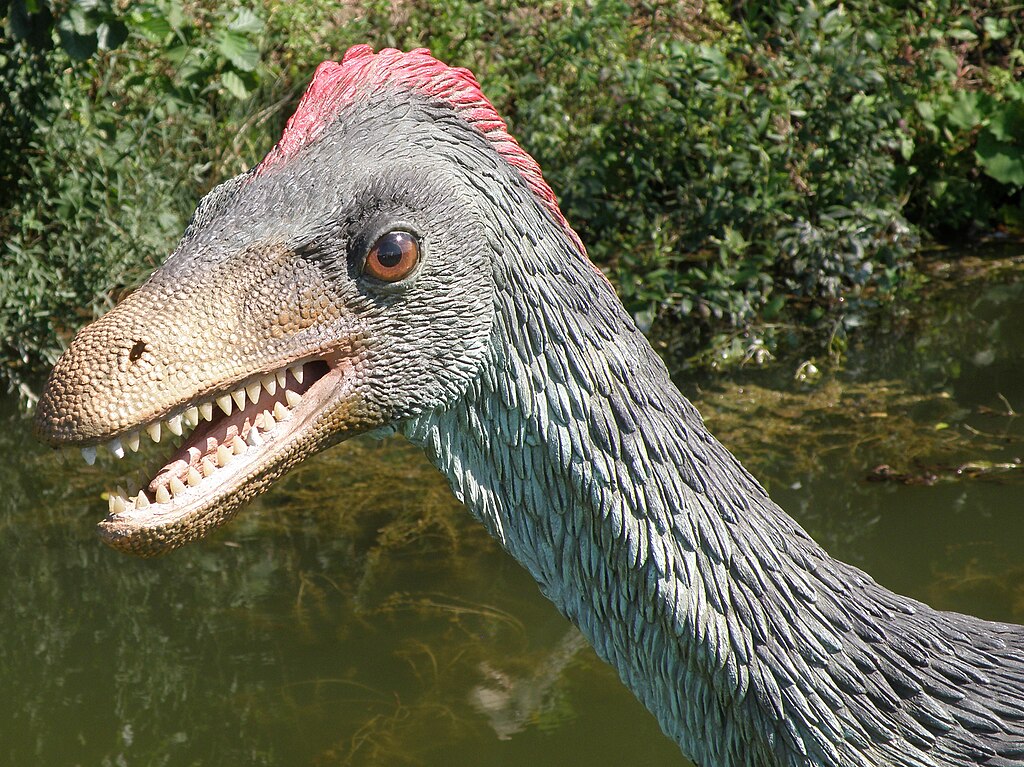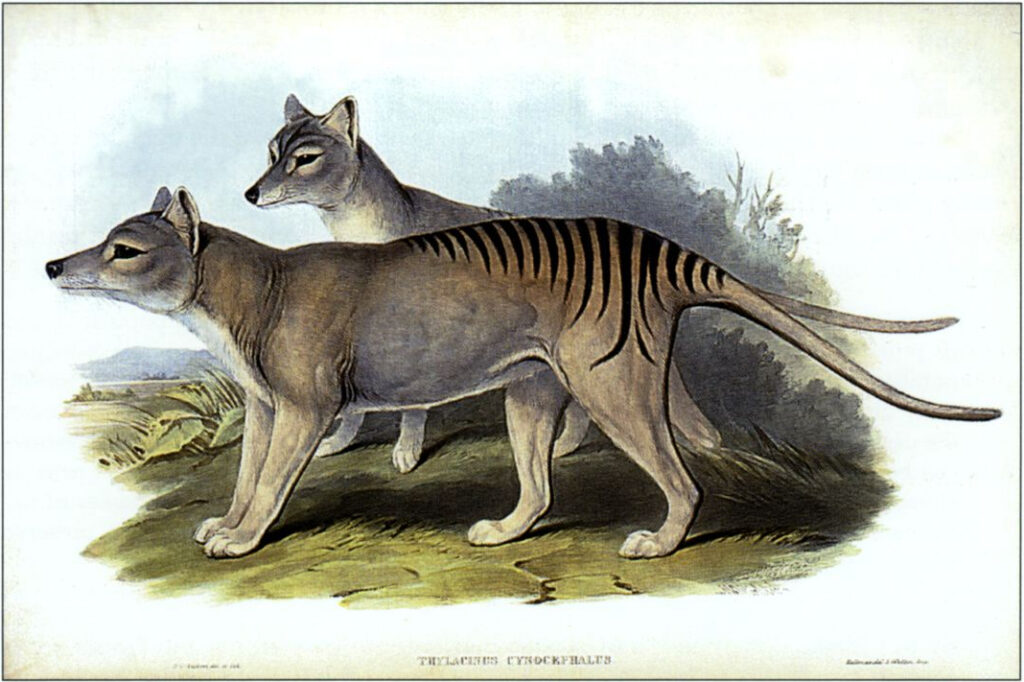Death in the ocean isn’t just an ending—it’s a spectacular beginning. When a whale dies and sinks to the seafloor, its massive carcass becomes something extraordinary: a bustling metropolis of life that can thrive for decades. These underwater graveyards, scattered across our planet’s deepest places, transform decay into vibrant ecosystems where bones literally become the foundation for entirely new communities of bizarre and wonderful creatures.
The Journey to the Abyss
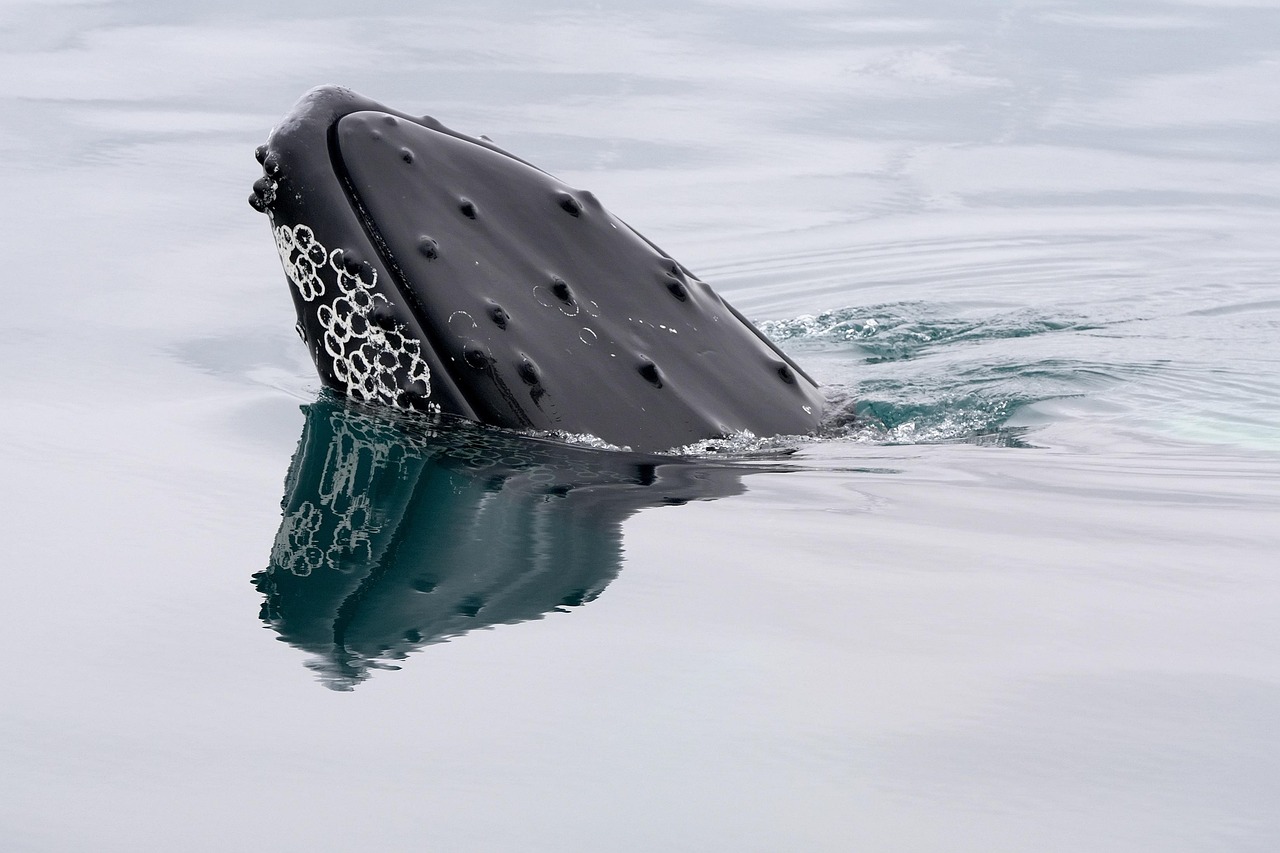
When a whale takes its final breath at the surface, gravity becomes its pallbearer. The massive body begins its slow descent through the water column, a journey that can take hours or even days depending on the depth. As it falls, the carcass passes through different ocean layers, each with its own temperature, pressure, and inhabitants. Scavengers begin their work immediately—sharks, hagfish, and other opportunistic feeders strip away the soft tissues during this descent. By the time the whale reaches the seafloor, often at depths of several thousand feet, it has already begun its transformation from a living giant into the foundation of a new ecosystem. This process, known as a “whale fall,” represents one of the most dramatic examples of how death feeds life in the deep ocean.
The Three Stages of Underwater Decomposition
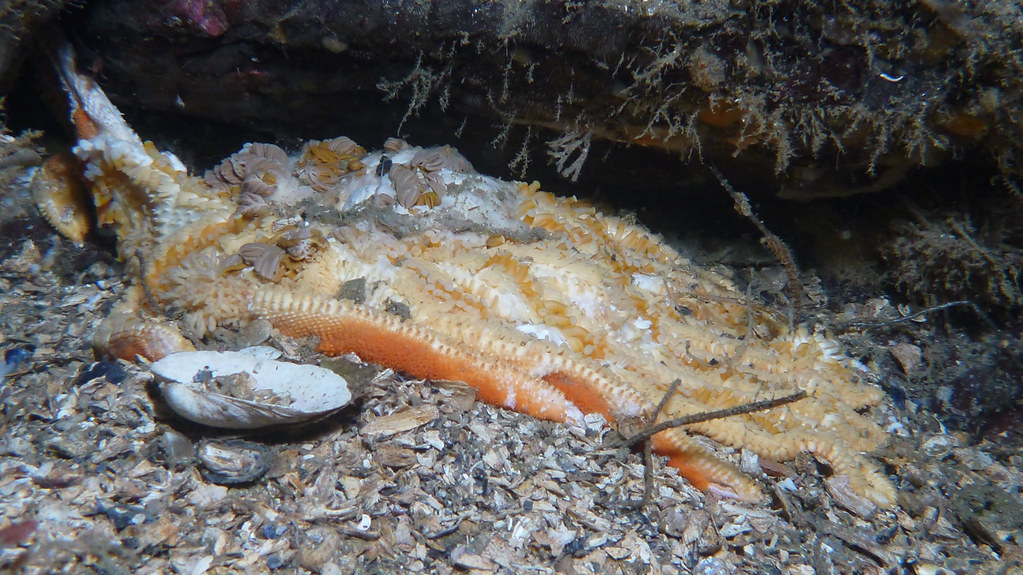
Scientists have identified three distinct phases in the decomposition of large marine carcasses, each supporting different communities of life. The first stage, called the “mobile scavenger stage,” can last anywhere from months to two years as large predators and scavengers consume the soft tissues. During the second stage, known as the “enrichment opportunist stage,” bacteria and worms take over, feeding on the organic matter that has seeped into the surrounding sediment. The final stage, the “sulfophilic stage,” can last for decades as specialized bacteria break down the lipids stored in the bones, creating hydrogen sulfide that feeds an entirely unique ecosystem. Each stage creates its own micro-environment, supporting species that couldn’t survive anywhere else on Earth.
Bone-Eating Worms: The Ocean’s Most Unusual Residents
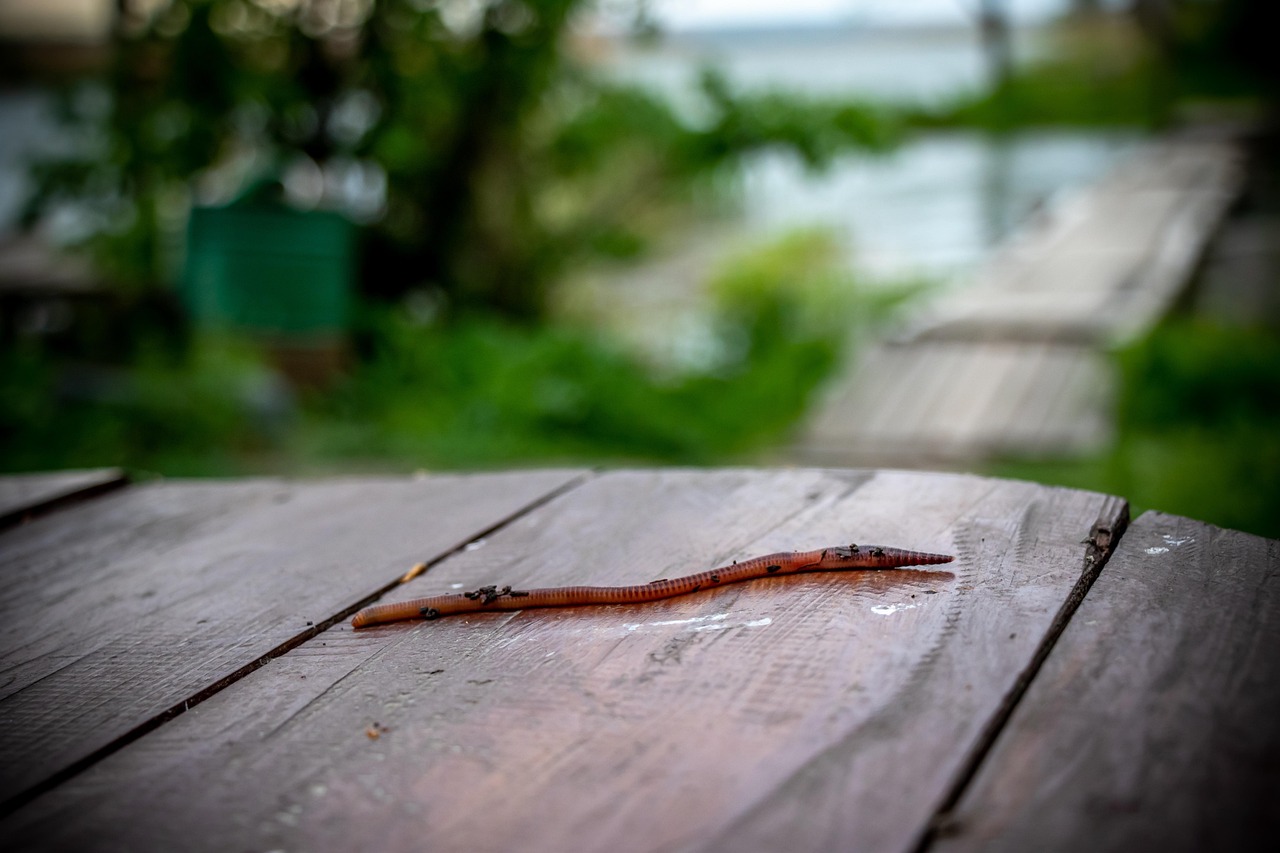
Perhaps no creature embodies the strangeness of underwater graveyards better than Osedax, the bone-eating worm. These remarkable animals, discovered only in 2002, literally bore into whale bones using acid secretions, creating intricate tunnel systems that resemble Swiss cheese. The female worms can grow several inches long and develop root-like structures that penetrate deep into the bone, while the microscopic males live as parasites inside the females’ bodies. Different species of Osedax have evolved to specialize in different types of bones and environments, creating a diverse family tree of bone-dwellers. Their discovery revolutionized our understanding of deep-sea ecosystems and proved that even the most unlikely food sources can support complex life forms.
Bacterial Cities in Skeletal Structures
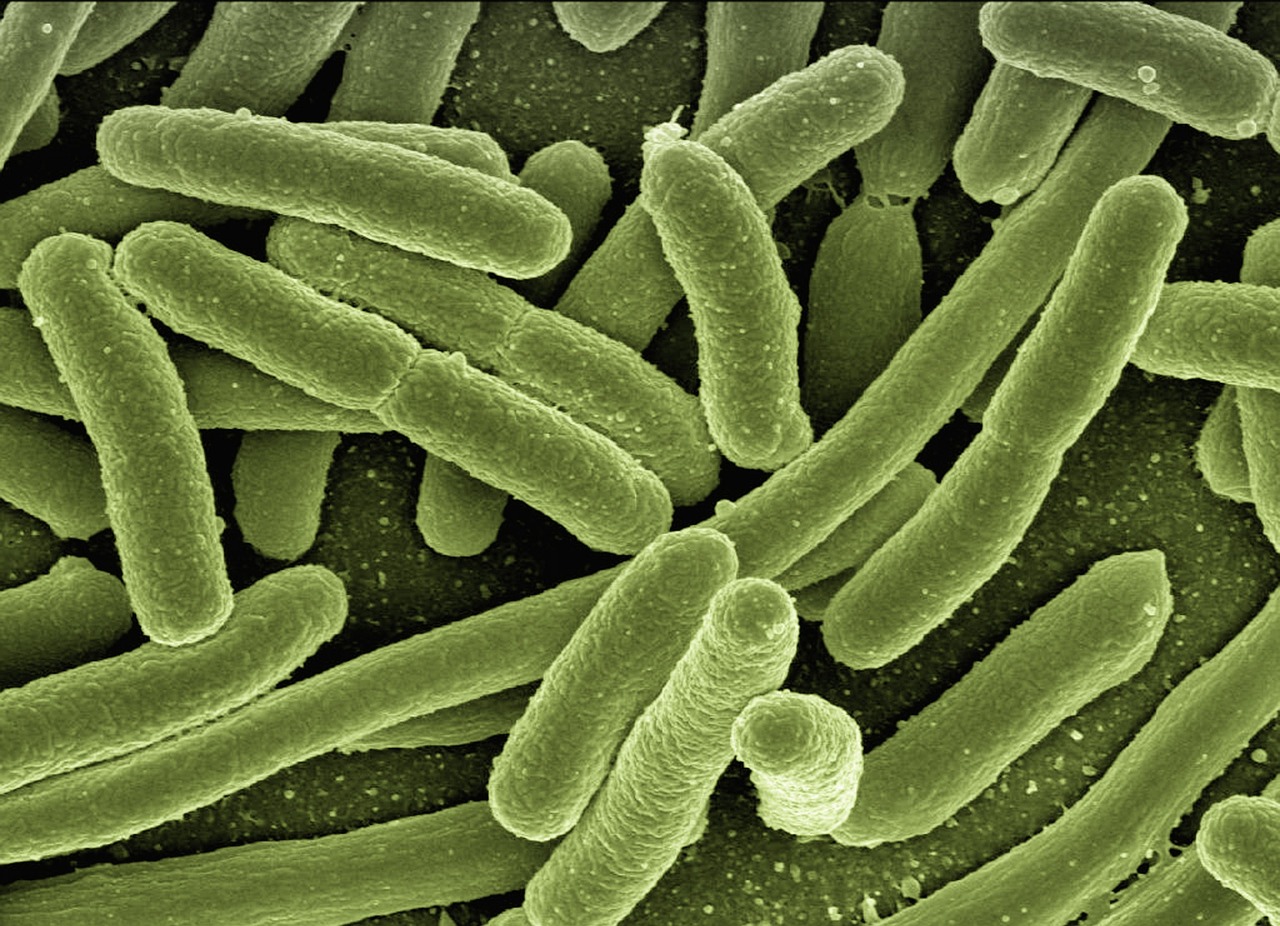
Inside the bones of marine carcasses, vast bacterial communities establish themselves like invisible cities. These microorganisms break down the lipids and oils stored within the bone matrix, creating chemical reactions that produce hydrogen sulfide and other compounds. The bacteria form complex biofilms that coat the interior surfaces of bones, creating layered communities where different species occupy specific niches. Some bacteria are anaerobic, thriving in the oxygen-free environment deep within the bone, while others work at the bone’s surface where oxygen is still available. These bacterial communities can persist for decades, slowly consuming the organic matter in the bones and creating the chemical foundation that supports larger organisms in the ecosystem.
Chemosynthetic Life: When Sunlight Doesn’t Matter
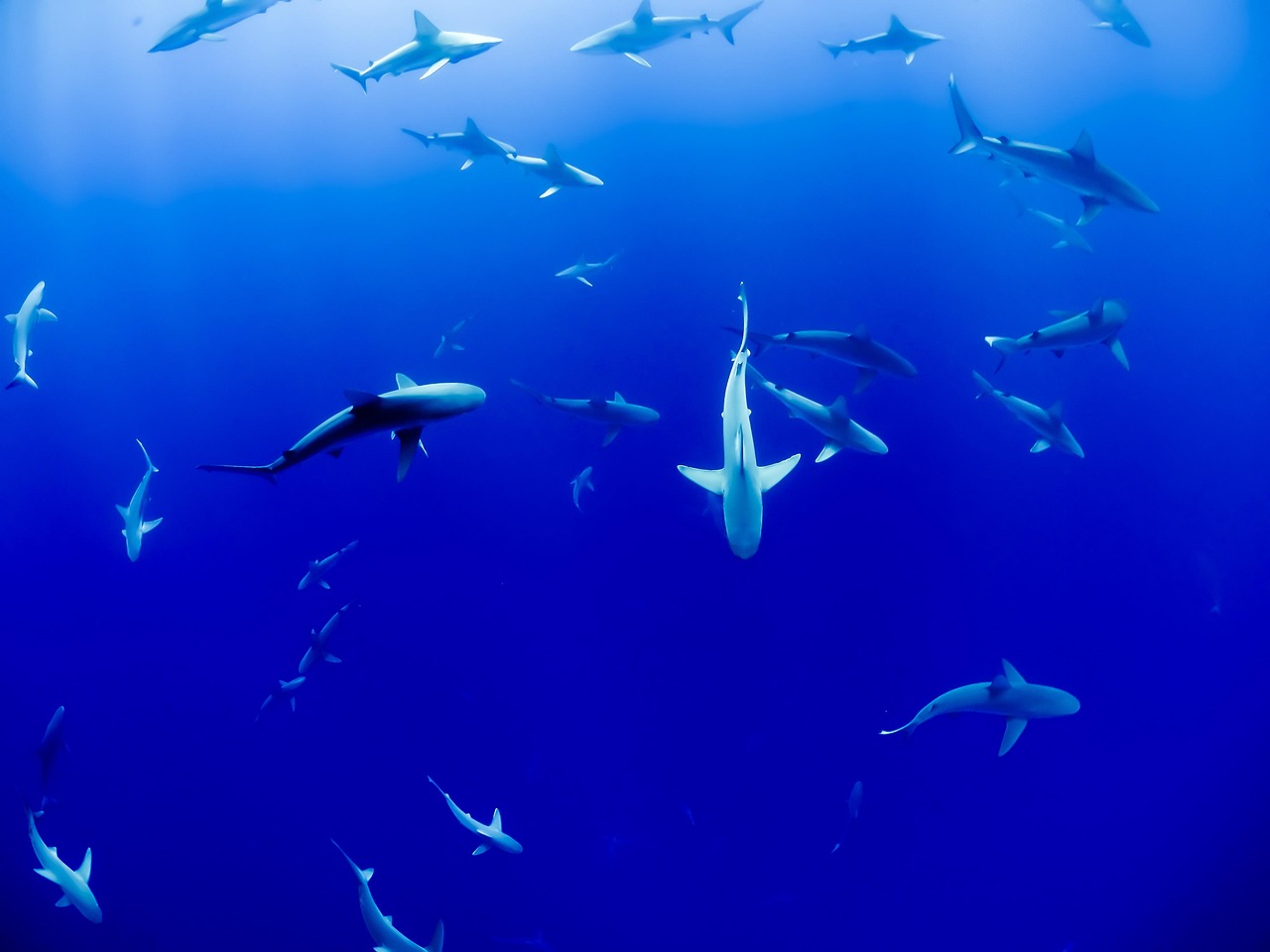
Unlike most ecosystems that depend on photosynthesis and sunlight, underwater graveyards operate on chemosynthesis—the process of creating energy from chemicals rather than light. The bacteria that colonize bones produce hydrogen sulfide, methane, and other compounds that specialized organisms can use as energy sources. This process is similar to what occurs around deep-sea hydrothermal vents, but bone-based ecosystems are much more widespread and longer-lasting. Tube worms, clams, and other creatures have evolved to house these chemosynthetic bacteria in their bodies, creating a partnership where the bacteria provide food and the host provides protection. This relationship allows complex life forms to thrive in the perpetual darkness of the deep ocean, thousands of miles from the nearest ray of sunlight.
The Surprising Diversity of Graveyard Inhabitants

Underwater bone ecosystems support an astonishing array of life forms, many of which exist nowhere else on Earth. Beyond the famous bone-eating worms, these environments host specialized snails, crabs, bacterial mats, and even fish that have adapted to life around decaying carcasses. Some species, like certain types of zombie worms, have evolved to live exclusively on bones, while others are opportunistic visitors that take advantage of the rich chemical environment. The diversity is so great that scientists regularly discover new species in these underwater graveyards, with some whale falls supporting over 200 different species of organisms. Each type of bone—whether from a whale, shark, or other large marine animal—creates slightly different conditions, leading to unique assemblages of life forms adapted to those specific environments.
Ancient Underwater Graveyards: Fossils Tell the Story
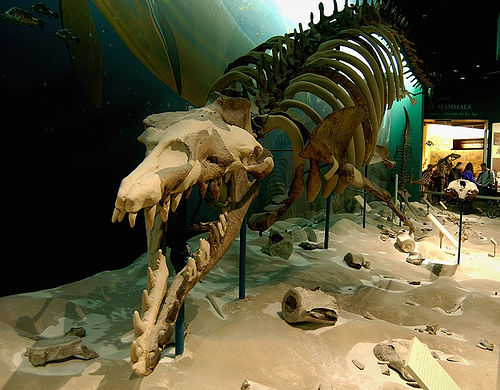
The fossil record reveals that underwater graveyards have existed for millions of years, with some of the most spectacular examples dating back to the age of marine reptiles. Fossilized bones of ancient whales, plesiosaurs, and other large marine animals show evidence of the same types of boring patterns and chemical signatures that we see in modern bone ecosystems. These ancient graveyards have been preserved in sedimentary rocks around the world, from California to New Zealand, providing snapshots of deep-sea ecosystems from Earth’s distant past. The preservation of these fossil whale falls has allowed scientists to study how these ecosystems have evolved over geological time and how they’ve responded to major environmental changes. Some of the most important discoveries about early whale evolution have come from studying these ancient underwater graveyards.
Geographic Distribution: From Arctic to Antarctic
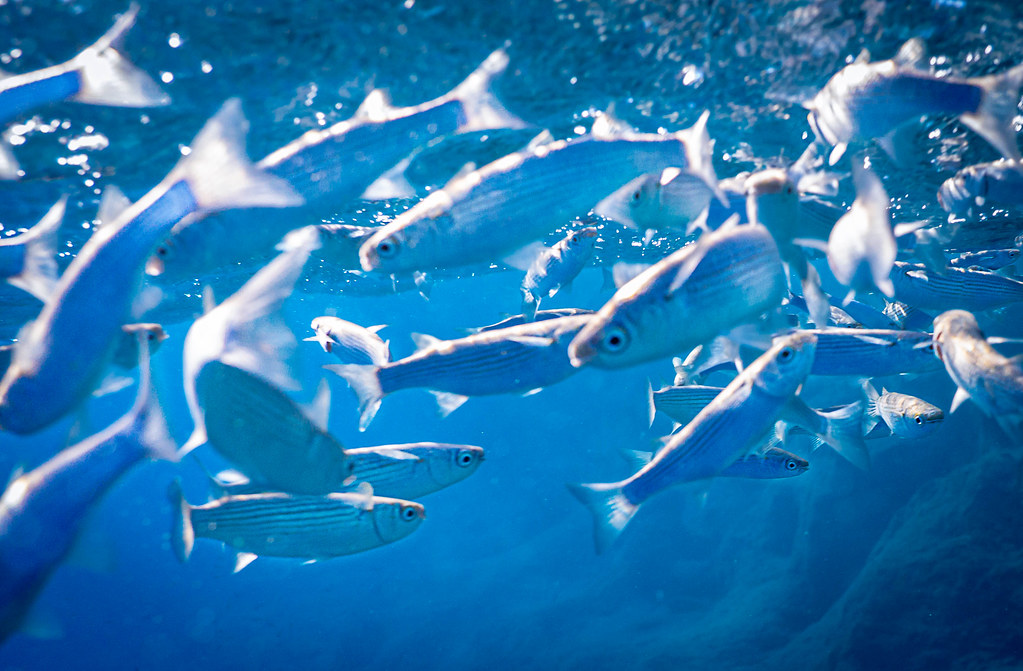
Underwater graveyards exist in every ocean on Earth, from the shallow continental shelves to the deepest abyssal plains. The Arctic Ocean hosts some of the most unusual bone ecosystems, where the extreme cold slows decomposition and allows carcasses to persist for much longer periods. In tropical waters, the warm temperatures accelerate bacterial activity, creating more intense but shorter-lived chemical environments. The Southern Ocean around Antarctica presents unique challenges, with its extreme cold and seasonal ice cover creating conditions unlike anywhere else on the planet. Deep-sea trenches, particularly in the Pacific, contain some of the most remote and understudied underwater graveyards, where the extreme pressure and darkness create conditions that push life to its absolute limits.
The Role of Ocean Currents and Depth
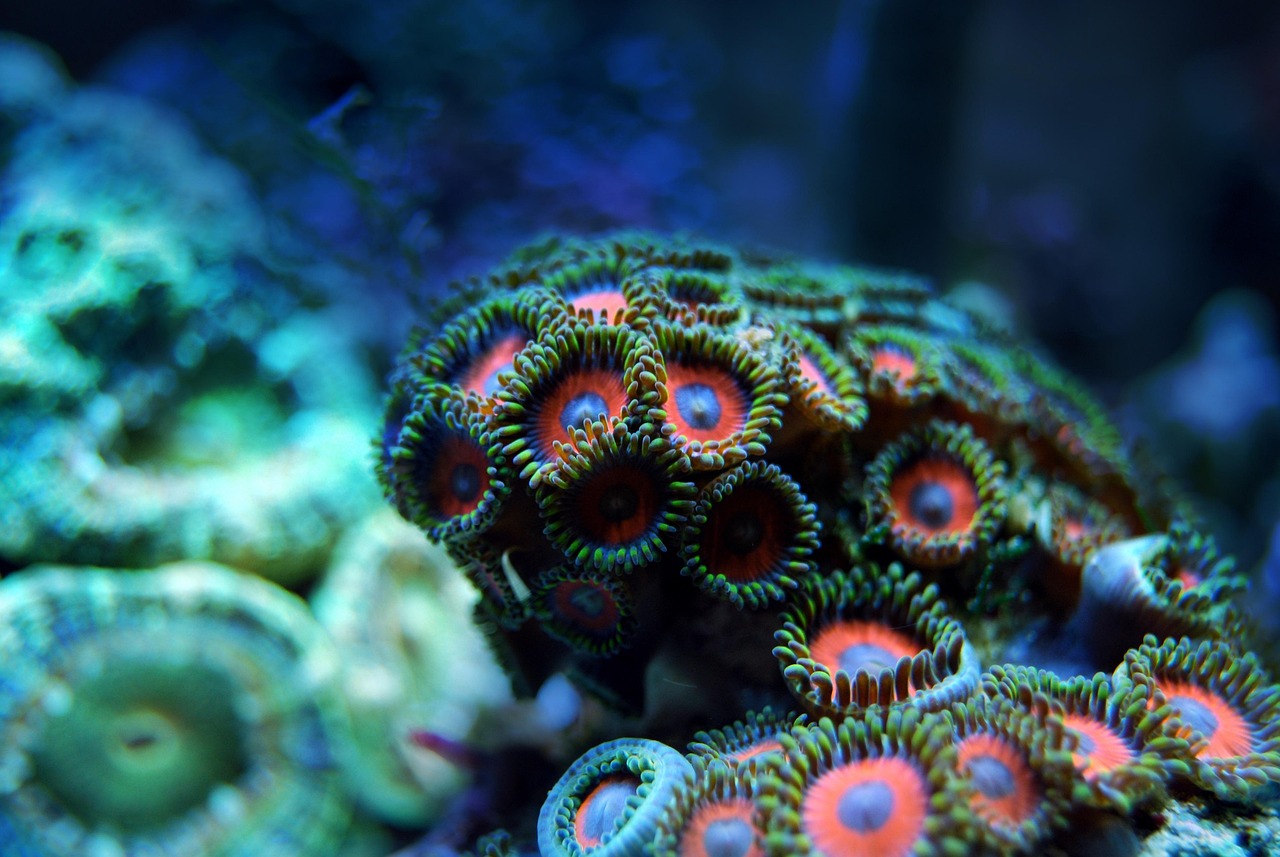
The depth at which a carcass comes to rest dramatically influences the type of ecosystem that develops around it. Shallow water graveyards, typically less than 200 meters deep, experience more oxygen availability and different temperature conditions than their deep-sea counterparts. Ocean currents play a crucial role in determining which larvae and microorganisms reach the bone sites, essentially controlling which species can colonize these remote ecosystems. The pressure at great depths affects the rate of decomposition and the types of bacteria that can survive, with some species adapted specifically to high-pressure environments. Deep-sea graveyards often become isolated islands of life, connected to other ecosystems only by the occasional migration of mobile species or the transport of larvae by currents.
Seasonal Variations and Environmental Factors
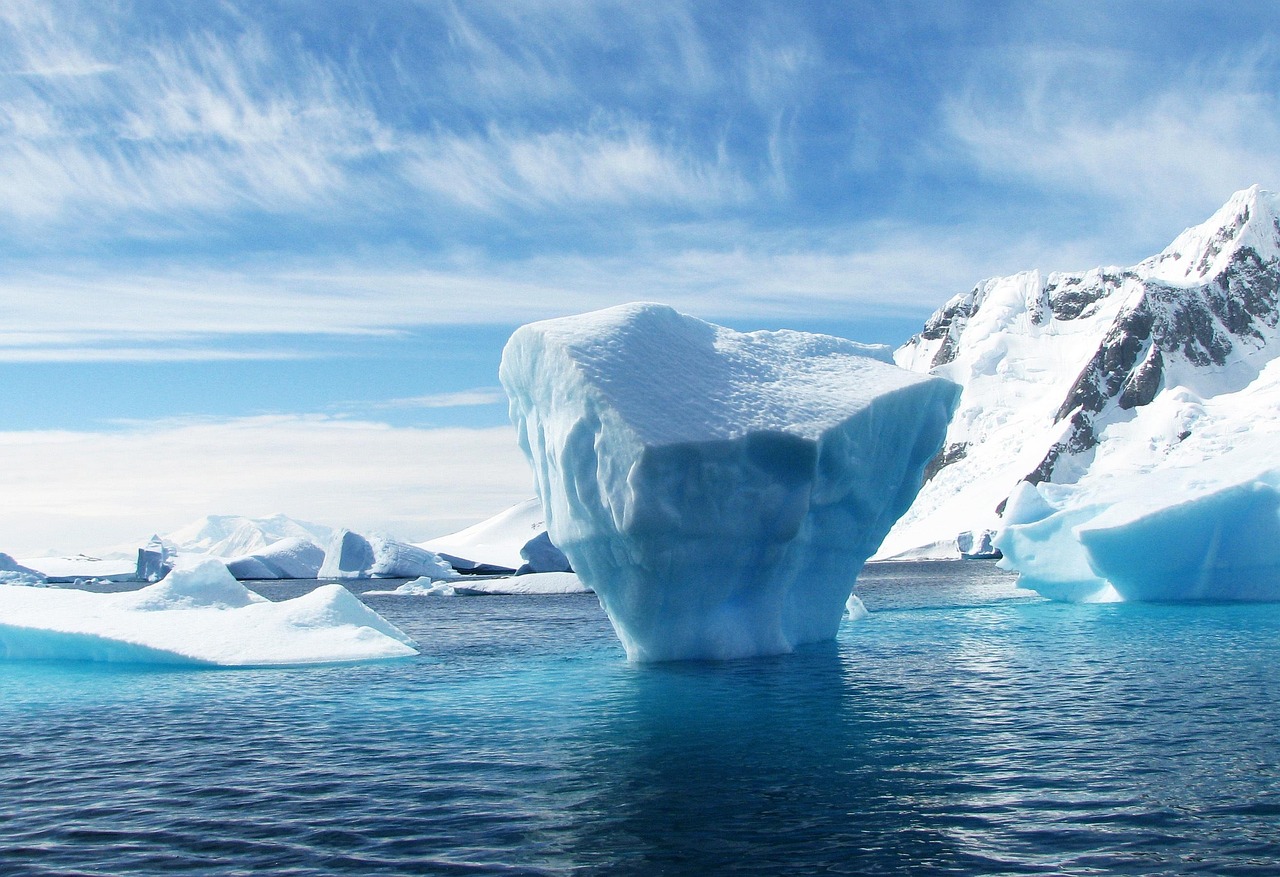
The seasonal patterns of marine life create distinct rhythms in underwater graveyard ecosystems. In polar regions, the dramatic changes in ice cover and seasonal productivity affect the types of organisms that can reach and colonize bone sites. Temperature fluctuations, even at great depths, can influence bacterial activity rates and the speed of decomposition processes. The availability of oxygen varies seasonally in many ocean regions, creating periods of intense bacterial activity followed by slower, more anaerobic conditions. These environmental cycles create complex temporal patterns in graveyard ecosystems, with different species becoming dominant at different times of the year. Understanding these seasonal variations is crucial for predicting how climate change might affect these unique ecosystems in the future.
Technological Breakthroughs in Deep-Sea Exploration
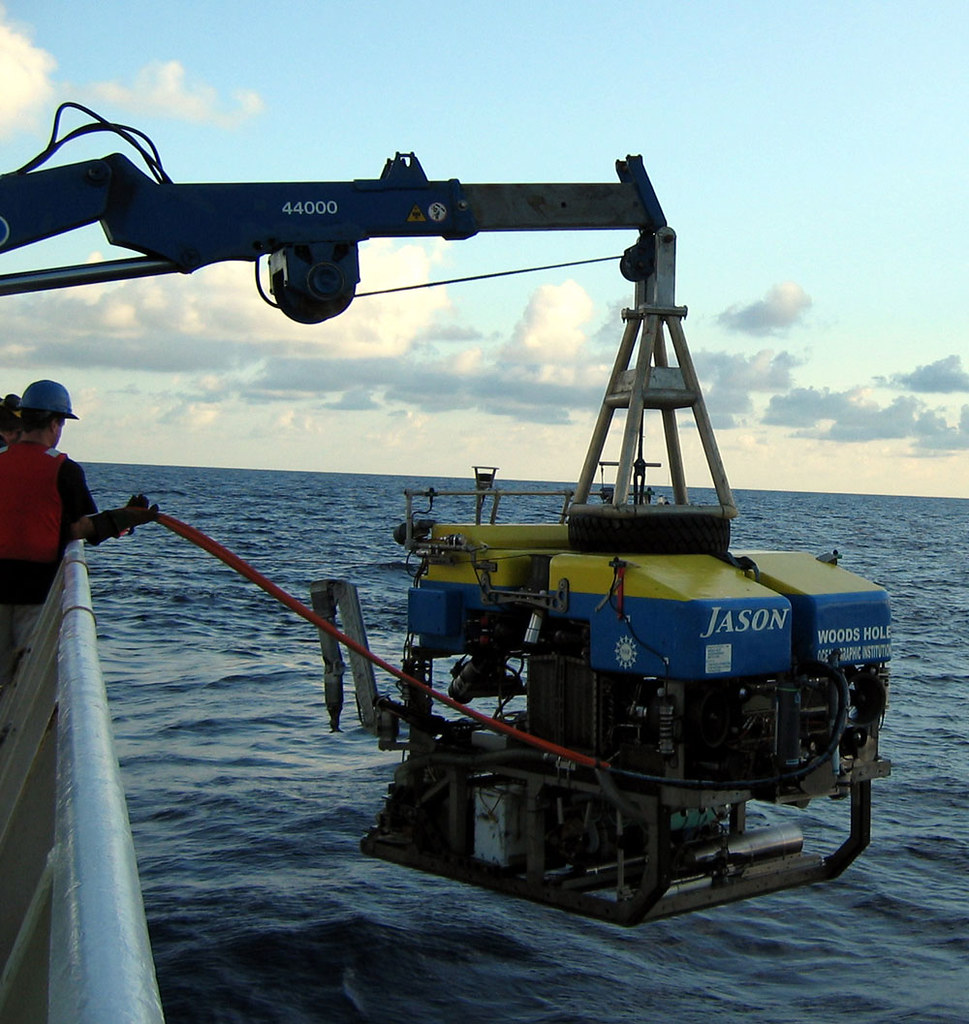
Revolutionary advances in submersible technology and remote sensing have opened up the hidden world of underwater graveyards to scientific investigation. Remotely operated vehicles (ROVs) equipped with high-definition cameras and sampling tools can now spend hours documenting the intricate details of bone ecosystems thousands of meters below the surface. DNA sequencing technology has revealed the genetic diversity of bacteria and other microorganisms living in these environments, uncovering previously unknown branches of the tree of life. Time-lapse photography systems can be deployed for months or years, capturing the slow-motion drama of ecosystem development and succession. These technological advances have accelerated the pace of discovery, with new species and ecological relationships being documented at an unprecedented rate.
Conservation Challenges in the Deep Ocean
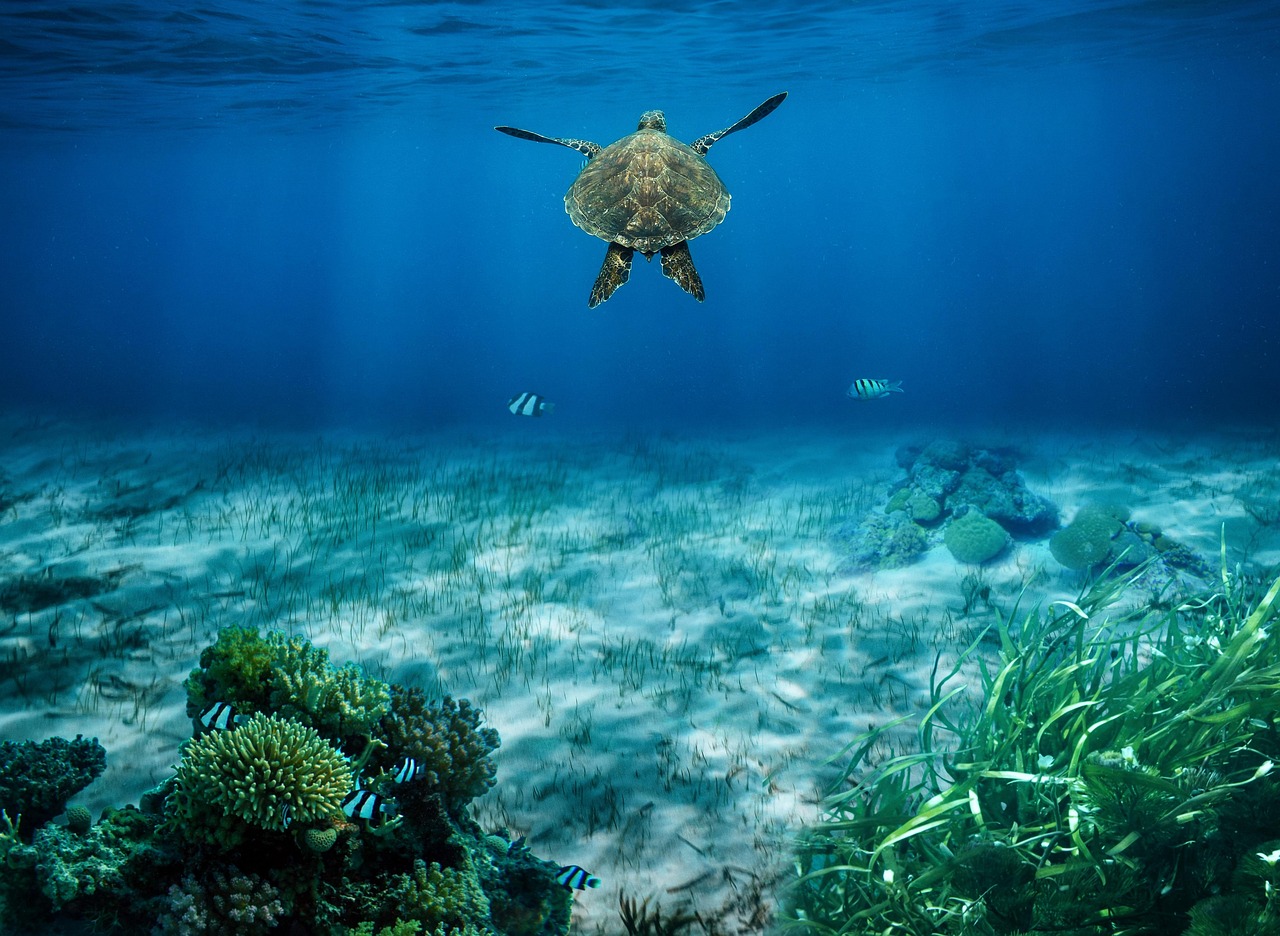
Underwater graveyards face increasing threats from human activities, despite their remote locations thousands of meters below the surface. Deep-sea mining operations pose a significant risk to these fragile ecosystems, as the sediment disturbance can bury bone sites and destroy the delicate bacterial communities that support them. Pollution, including plastic debris and chemical contaminants, can accumulate in these deep environments and disrupt the complex chemical processes that sustain life. Climate change is altering ocean chemistry and temperature patterns, potentially affecting the bacterial communities that form the foundation of these ecosystems. The slow-growing nature of many deep-sea organisms means that recovery from disturbance can take decades or centuries, making conservation efforts particularly critical for these unique environments.
The Connection Between Whale Falls and Hydrothermal Vents
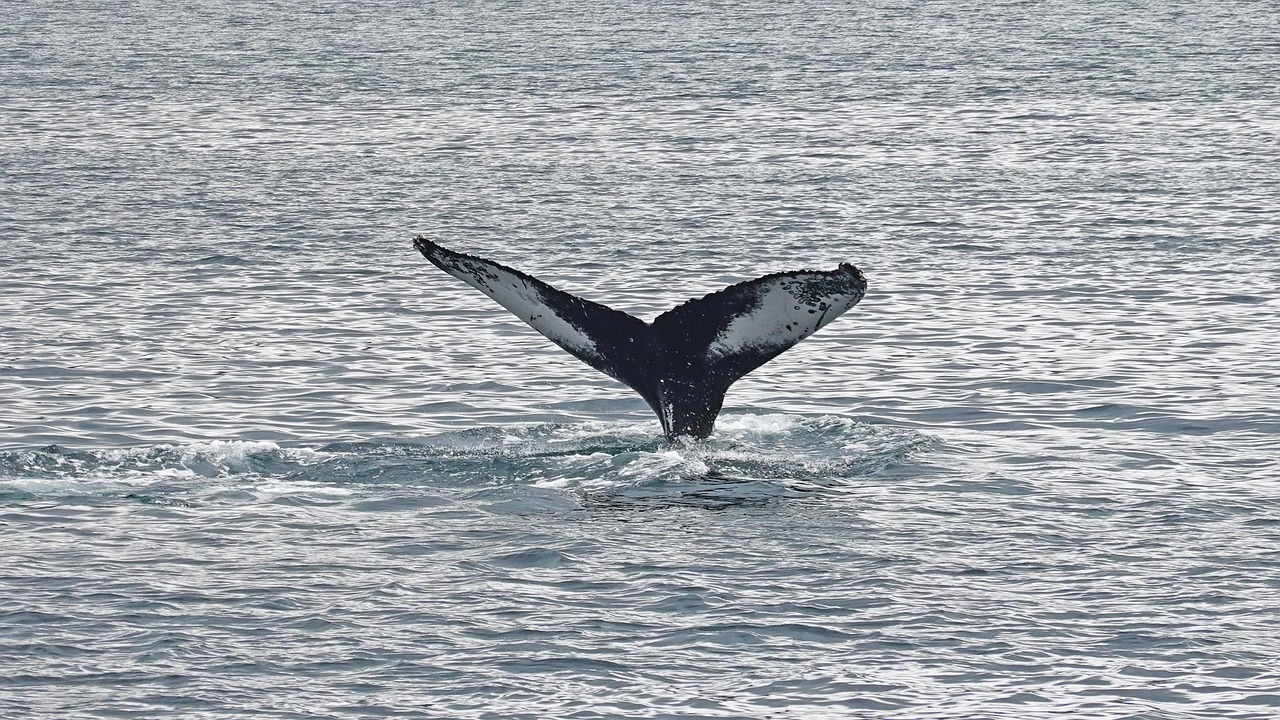
Scientists have discovered surprising connections between underwater graveyards and other deep-sea ecosystems, particularly hydrothermal vents. Many of the species that colonize whale falls are closely related to those found around volcanic vents, suggesting that these environments may serve as stepping stones for deep-sea colonization. The chemical similarity between the two environments—both produce hydrogen sulfide and support chemosynthetic bacteria—creates opportunities for species to move between them. Some researchers theorize that whale falls may have been crucial for the evolution and dispersal of vent-adapted species, providing temporary habitats during the millions of years between volcanic eruptions. This connection highlights the importance of maintaining the connectivity between different deep-sea ecosystems, as the loss of one type of habitat could have cascading effects on others.
Future Research and Unanswered Questions
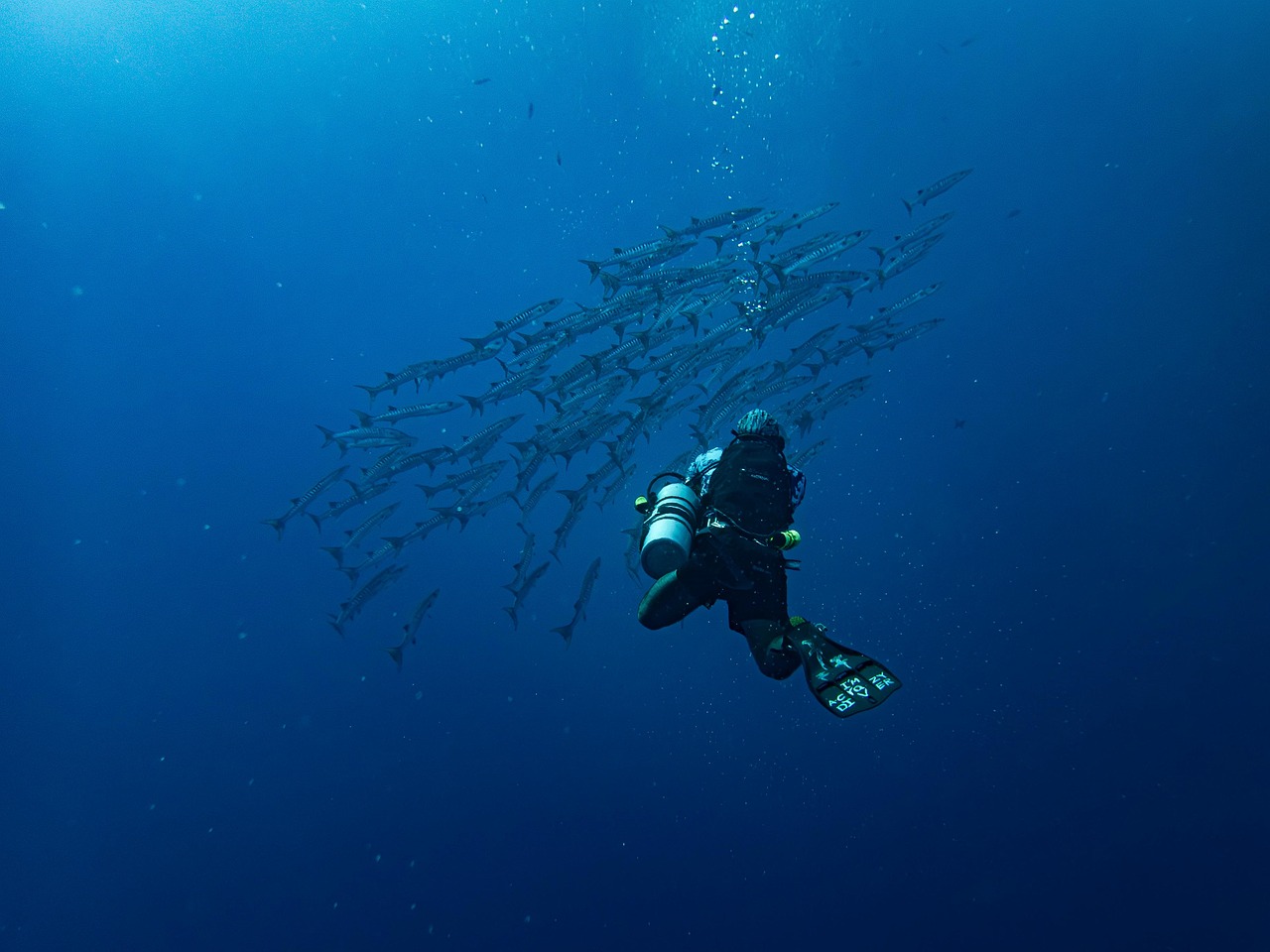
The study of underwater graveyards remains in its infancy, with countless mysteries waiting to be unraveled. Scientists are particularly interested in understanding how these ecosystems respond to changing ocean conditions and what their long-term ecological role might be. The potential for discovering new antibiotics and other medically important compounds from the unique bacteria found in bone ecosystems has attracted considerable attention from pharmaceutical researchers. Researchers are also investigating whether artificial whale falls, created by deliberately sinking large carcasses, could be used as a conservation tool to support deep-sea biodiversity. As technology continues to advance, scientists hope to develop better methods for studying these remote ecosystems and understanding their role in global ocean health.
The Eternal Cycle of Life and Death
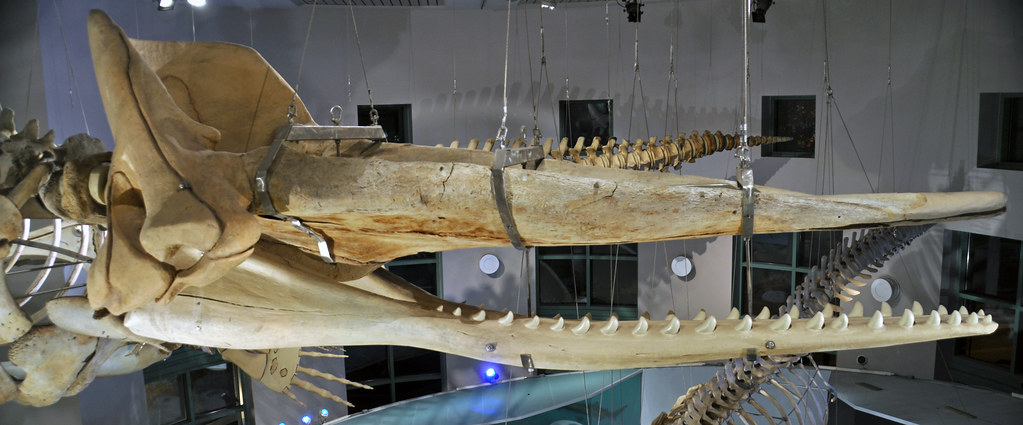
Underwater graveyards represent one of nature’s most profound demonstrations of how death transforms into life. These bone-based ecosystems show us that even in the darkest, most remote corners of our planet, life finds a way to flourish and create beauty from decay. The next time you see a whale breaching at the ocean’s surface, remember that its eventual journey to the seafloor will create a legacy that could support entire communities of life for decades to come. In the deep ocean, where most of our planet’s mysteries still lie hidden, bones become the foundation for some of Earth’s most extraordinary ecosystems. Who would have thought that death could be so full of life?

